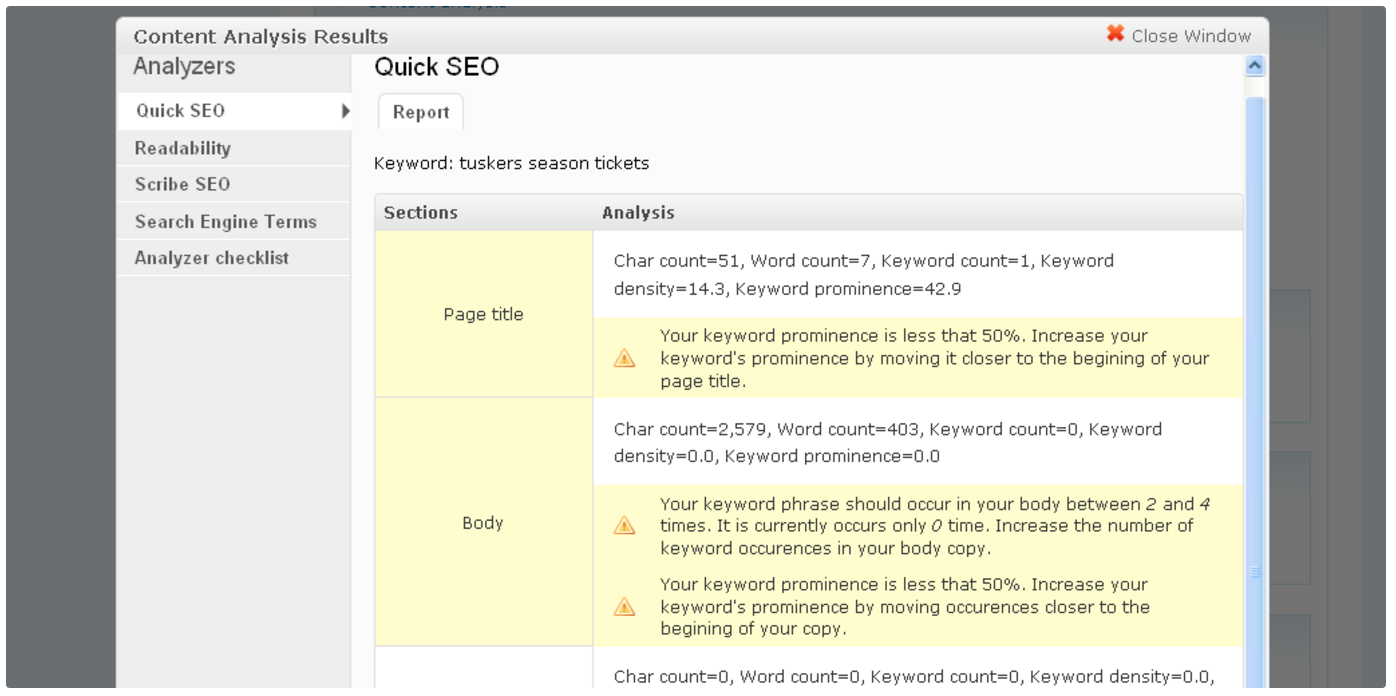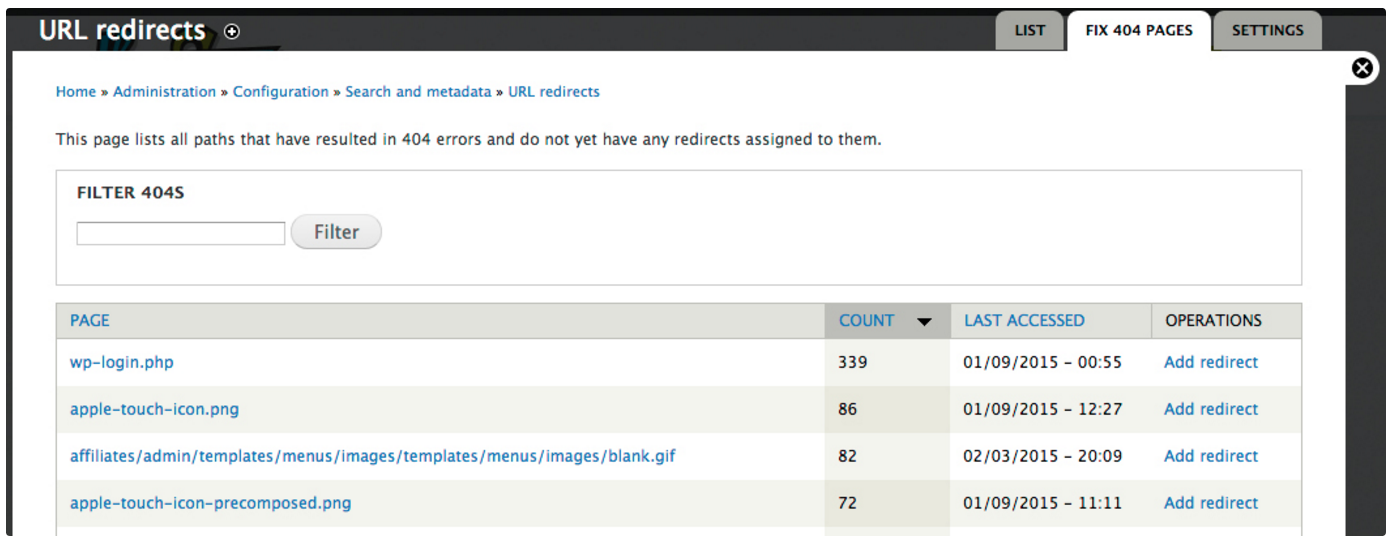Optimizing Your Drupal Website
This article was last updated in January 2022.
Previously on our blog, we introduced the concept of keywords as the foundation of your website’s SEO strategy. But SEO is an art that isn’t just limited to how your website’s copy is scanned and categorized by search engines. There are other steps to take to fully optimize your website -- fortunately, Drupal offers access to some great tools to help marketers manage this. The more organic traffic you can drive to your site by leveraging SEO best practices, the more qualifies those leads will be. And the more qualified those leads are, the better your chances of converting them to paying customers. Here are three key steps to take to optimize your Drupal website:
Enable Friendly URLs
Your first step should be to enable clean URLs in your Drupal system settings. By default, Drupal assigns all of your website’s page URLs an ID instead of something friendly for readers. For example, a default URL might look like “yourwebsite.com/node/14”. Enabling clean URLs replaces the node ID with the website’s page title, making the URL readable by users and search engines. By taking this step, your URLs will be a much easier “yourwebsite.com/page-title”. Not only does this help search engines identify and rank your page, but it’s easier for users to read, remember, and return to them as well.
Enhance and Customize with Modules
One of the most powerful features of Drupal is the ability to enhance and customize your website through the use of modules -- additions of code that are built to execute a specific function. Thanks to the contributions of the Drupal community and its open-source ethos, there are an endless number of modules available for use -- and many that help your website’s SEO. We recommend these in particular:
Content Optimizer
Best described as a quick and easy Drupal admin and editor-based view that provides feedback for those simple SEO aspects of your Drupal website that you may have overlooked. These include page titles, bodies, meta info, and other important page-level SEO variables.

Metatag
This module allows you to add custom metadata to your pages, including browser title, description, abstract, keywords, and other more advanced search options on a per-page basis.
Including this information allows you to better control the story that search engines tell their users about your page when it appears in their results -- in fact, crafting compelling metadata that entices search engine users to click on your result is an art unto itself.
Redirect
This module allows you to insert 301 redirects from old URLs to newly identified ones. By default, Drupal doesn’t remove the old or original path if you create an alias, which can cause duplicate content in search engines and negatively affect your SEO efforts.

Search 404
This module displays a search results page to users instead of a 404 error page if they try to access a page on your website that doesn’t exist.
It takes the category and title from the URL entered and performs a search on those terms and displays the results to the user. Doing so helps you retain visitors to your site if they’re directed from an old URL linked to on other websites or search engines. It also includes search engine keyword detection as well as the option of normal expression-based language filtering from a given URL. This helps to reduce bounce rate traffic, preserving visitors that would be otherwise lost to other sites following a 404 page.
XML Sitemap
This module automatically creates and updates an XML sitemap for your website, which allows search engines to more easily search, index, and archive the pages on your website. It also allows you to submit your sitemap to search engines.
Now Pull it Together
Now with your keywords defined and included in your pages, start optimizing for each keyword and term by aligning a single page to each one in your list. This will give you a better chance to rank higher for those key terms. Each page should be the target for one or two specific keywords or terms. This will also identify any content gaps you may have with your keyword list and your current site content. If you have a keyword that doesn’t map directly to a page, you can create a page for it if the keyword is important -- or you can decide that that keyword isn’t the right one for your business.
Once the mapping process is done, write compelling and concise page descriptions for each of those targeted pages containing those same keywords, create or update page titles in your meta tag module field, and update your page content to include those targeted keywords as well. Search engine algorithms are constantly changing as they try to stay ahead of marketers who try to cheat their SEO by taking shortcuts or stuffing their content. You’ll want to make sure you have some type of analytics software enabled to monitor your keyword trends and the organic website traffic that they generate.


